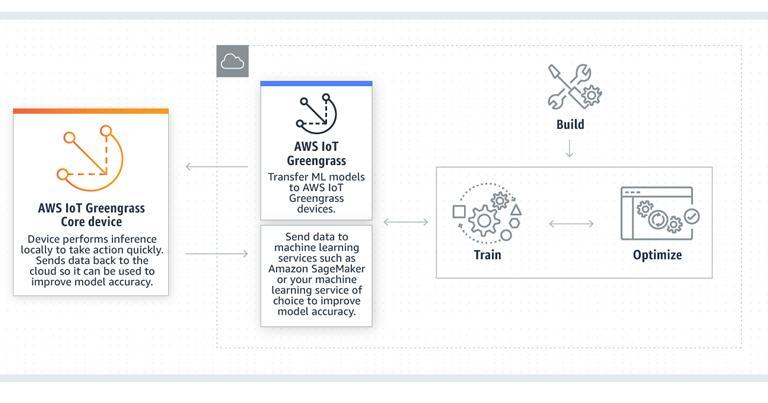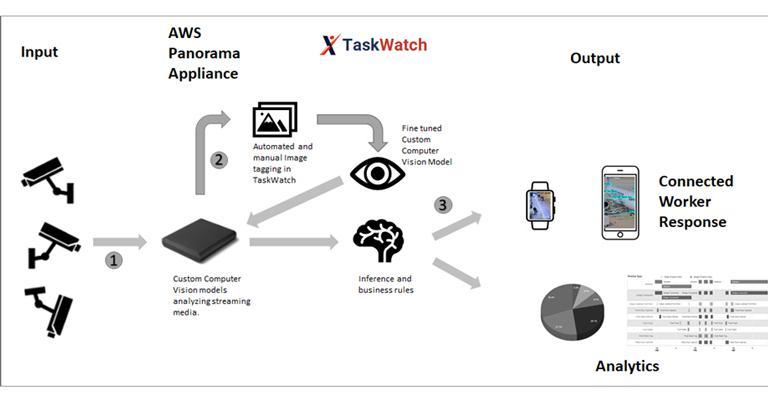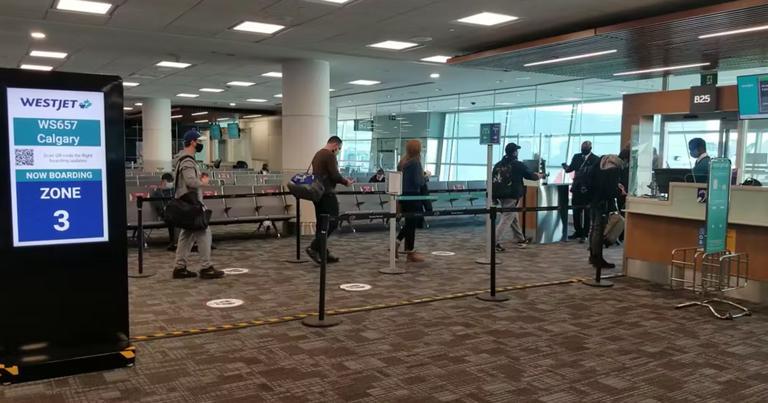
In this thought-leadership piece, Bob Kwik, Global Head of Airports, Amazon Web Services, outlines how the aviation industry is using technology to quickly and cost-effectively improve operations and the customer experience. Kwik will participate in a unique Tech Download Think Tank session at the upcoming FTE EMEA show in Dublin on 7-9 June, alongside innovators from Aeroporti di Roma, Southwest Airlines, Aena and Barich, Inc, who will collectively assess the viability of a range of new emerging technologies that can help solve industry challenges relating to workforce, sustainability, commercial performance and more.
Travel industry leaders are optimistic that the industry will continue recovering, and their priority is to improve revenues and the passenger experience. This isn’t surprising given how the industry has been impacted by the pandemic, and how the traveling public wants to once again experience the pleasure of travel.
What is surprising is the sense of urgency. Airport industry leaders know that technology can unlock the necessary changes in their business, and they want to move faster. They are asking how the airport industry can harness new technologies more quickly, shorten the lead times associated with IT projects, and deal with the constraint of incredibly tight budgets and stretched IT resources.
Here are a few ways the aviation industry is using technology to quickly and cost-effectively improve operations and the customer experience:
Intelligent airport

United Airlines, for instance, is investing in technology to improve the passenger experience and its airport operations. The airline used computer vision, built on AWS, to monitor customer wait times and dispatch staff when needed in Newark Liberty International Airport. United also optimised the utilisation of its ground service equipment (if this equipment is late, it can delay a flight arrival or departure) by equipping 20,000 ground support assets with tags. The airline used AWS IoT services (including IoT Greengrass at the edge) to monitor the equipment location, routing, use, and availability.
The Intelligent Airport project was completed in under 24 months and saved the airline $120 million, reduced emissions by 5-7%, and saved 1.3 million personnel hours.
Computer vision at the edge

Airports are using computer vision to automate tasks previously performed by human monitoring. For example, viewing hundreds of security camera feeds to check if a person is in a restricted area. Implementing these systems has required expensive local computing resources or video streaming from cameras to the cloud (which is difficult to scale for many cameras).
Cincinnati/Northern Kentucky International Airport uses AWS Panorama with our partner TaskWatch to automatically monitor congestion for over 70,000 square feet of airport traffic lanes.
Enhanced customer experiences

Passengers always want to know if their flight is on time. Airports such as George Best Belfast City Airport have Alexa skills available so that passengers can use their device to get flight and airport information.
But what about people who call the airlines or airports for assistance? Delta Airlines and AWS stood up a proof of concept modern contact centre using Amazon Connect, in only 10 minutes.
Changi Airport Group (CAG) wanted to deliver customer-centric technology at a faster pace. To accomplish this goal, the company launched a cloud-native Digital, Innovations, Ventures, and Analytics (DIVA) digital factory through the support of AWS Partner Accenture.
Using servers would slow down the DIVA project and CAG’s future initiatives due to the time required to procure and maintain them so CAG switched to AWS Lambda, a serverless, event-driven compute service.
Using its DIVA environment, CAG was able to quickly build and launch an innovative, safe travel concierge application for all passengers arriving at Singapore Changi Airport.
Innovating faster

As I stated in my recent piece on ‘How Airports Can Innovate by Obsessing over Passenger Experience‘, when airports start with the customer’s needs and work backward from there, they can improve both the passenger experience and revenues.
There are many examples of this, including a recent one from AWS partner Wipro and Toronto Pearson International Airport. They built a passenger boarding queue system that improved passenger communication, reduced gate agent workload, and provided additional revenue opportunities for the airport and airline. The airline used the system to sell seat upgrades on over 80% of flights.
Most organisations say that the number one benefit of moving to the cloud is agility. Having access to on-demand computing power and storage, available globally, and only paying for what you use, gives organisations the freedom to innovate. Services ranging from data lakes and serverless computing, to artificial intelligence (AI) and machine learning (ML), provide organisations with the ability to move faster, iterate, and quickly deliver business and customer outcomes.
The pace of change in airports is exciting. It’s never been easier to use technology to tackle the hard problems, make journeys more seamless, and help airlines, airports, handling agents, and all stakeholders provide a better experience for their customers.
For more information about how AWS is transforming the airport industry, visit the Travel and Hospitality page.







